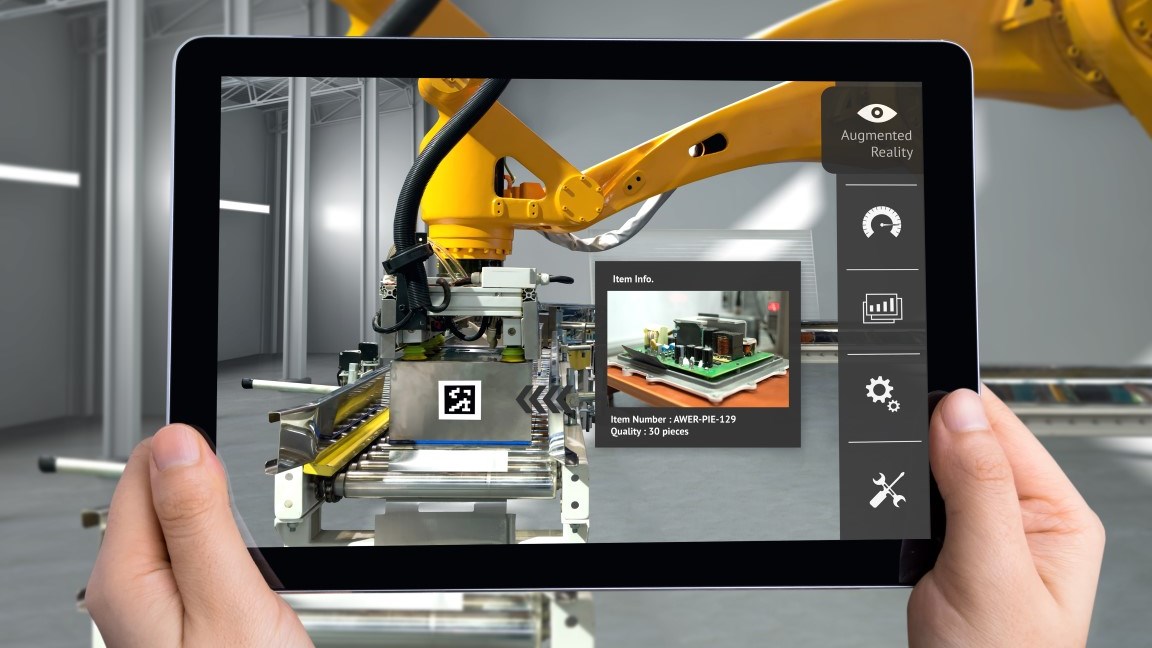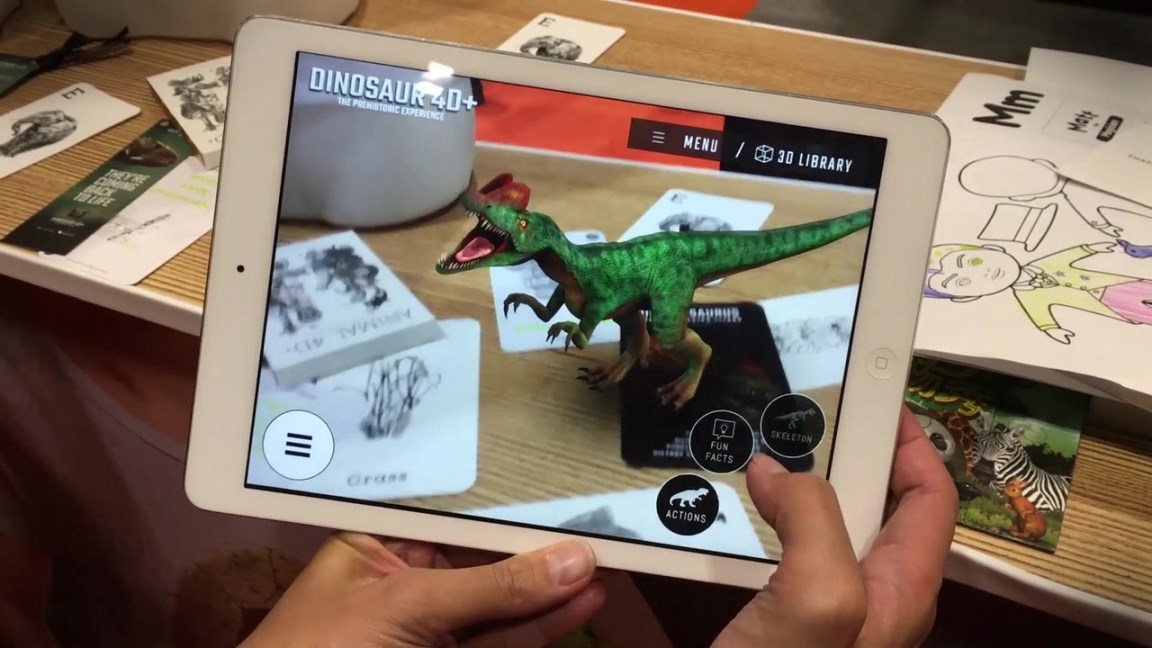Augmented Reality involves real locations and adding information in the form of multimedia objects or information. Its popularity has soared in recent years. From Instagram filters to Pokémon Go, the combination of virtual reality and the real world enhances what the viewer sees, feels and hears. It can be viewed on desktop, tablet or mobile, but works best with a headset or specialised glasses. The best part about Augmented Reality is its ability to integrate the fictional and novel with real spaces, without impacting those spaces in any way.
In a nutshell, it is a technology that integrates computer-generated images into the user’s view of reality. It makes use of existing reality and physical objects to trigger computer-generated enhancements over the top of reality, in real time.
Augmented Reality can be incorporated in three ways:
1. Placing an object on a flat surface.
2. Capturing and programming several products, which are then added to the surroundings to create more information or links about the object.
3. Using a QR Code to indicate more information, like pricing, about a product inside a store.


With augmented reality an entire building or feature can be placed at the exact location before it is even built, to better indicate size and impact on the environment.
By including additional information to artworks and objects, Augmented Reality allows viewers to explore this information should they wish to, without cluttering the displays.
Augmented Reality can allow companies to see which products consumers are most interested in and also offer a way to update cost information from a central point, saving time and money.
By offering additional information or walkthroughs on maintenance or repair processes, Augmented Reality can reduce mistakes and increase efficiency.
With Augmented Reality, educators can bring an entire environment alive within the boundaries of the classroom, for a better understanding of the topics discussed.
| Back to eLearning Content Development |

5 Tips for Professional eLearning Production from eLearning and LMS experts Sound Idea Digital...

Instructional Design breakdown of SAM Model for corporate eLearning Development....

A brief breakdown of Bloom's Taxonomy as an Instructional Design Tool...